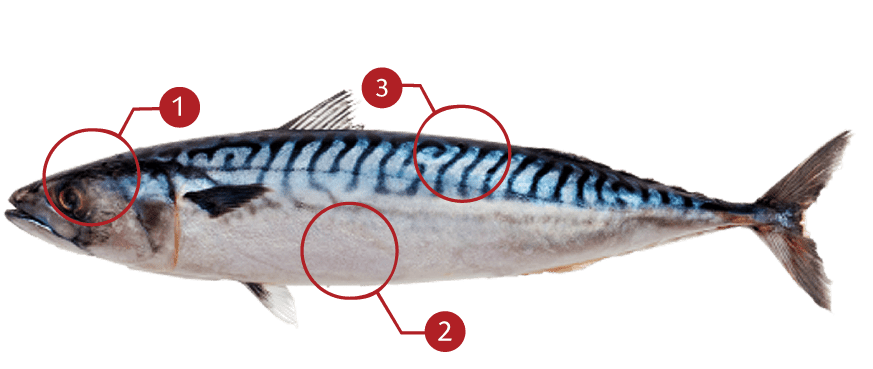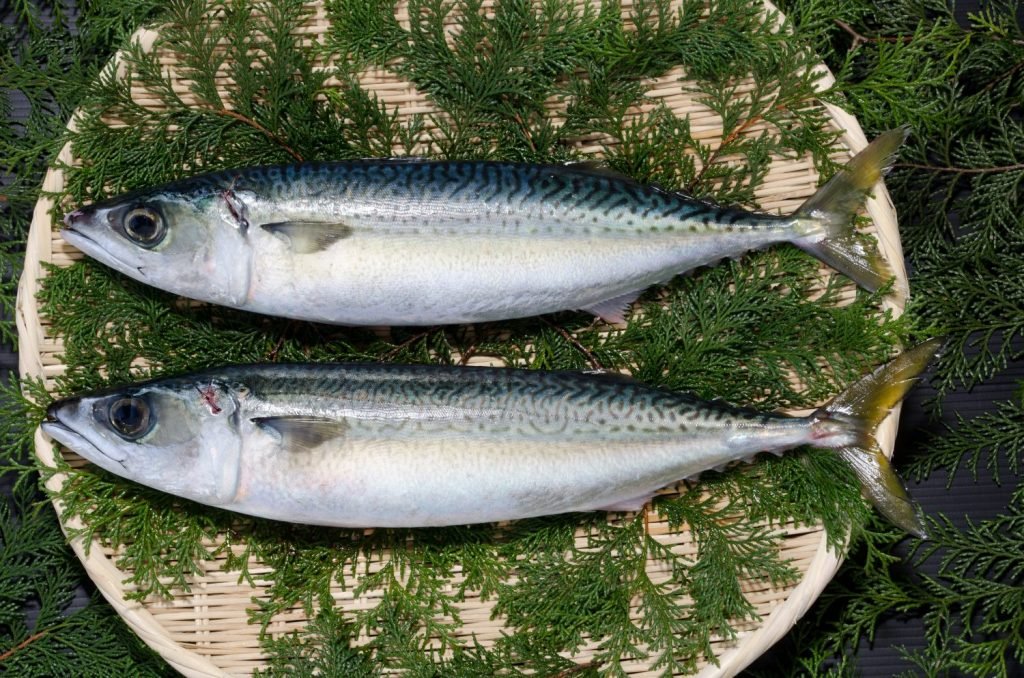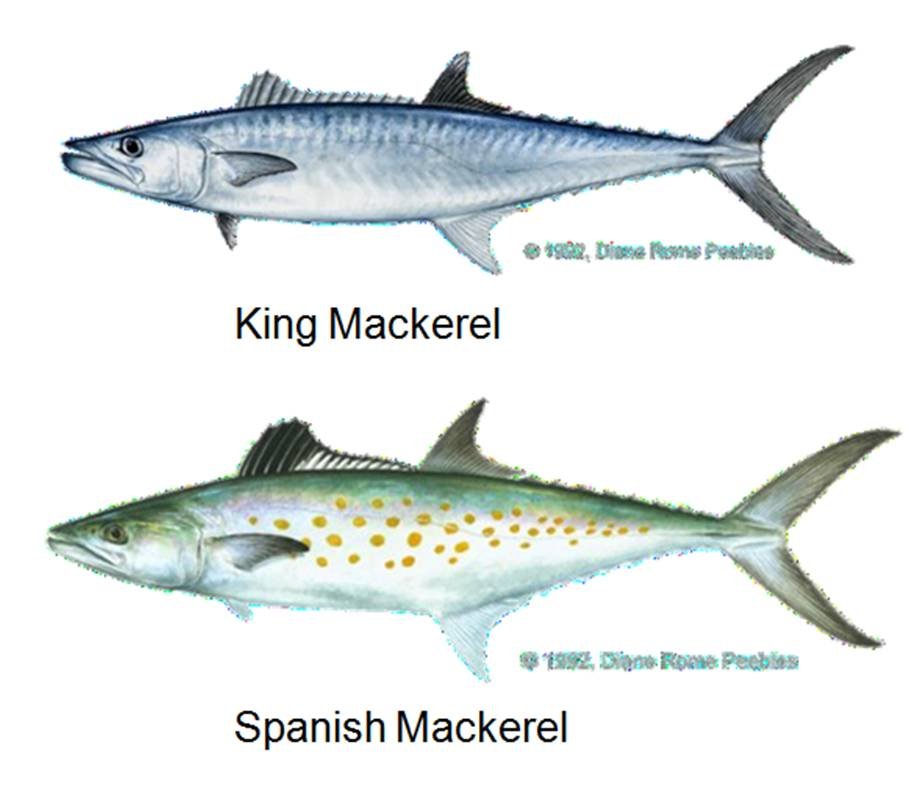Mackerel fish, like many other types of fish, can contain varying levels of mercury. Mercury is a naturally occurring element found in the environment, including oceans and water bodies where fish live. Fish absorb mercury from their surroundings, and larger predatory fish, such as mackerel, may accumulate higher levels of mercury through a process called bioaccumulation.
It’s worth noting that the level of mercury in mackerel can vary depending on factors such as the species of mackerel, the location where it was caught, and its size. Generally, larger and older fish tend to have higher levels of mercury.
The U.S. Food and Drug Administration (FDA) provides guidelines on seafood consumption, including recommendations to limit or avoid certain fish with higher mercury content, particularly for vulnerable populations such as pregnant women, nursing mothers, and young children. It’s always a good idea to consult these guidelines or seek advice from healthcare professionals to make informed choices about your seafood consumption, taking into account any specific dietary needs or health concerns you may have.
There are several species of mackerel found around the world. Some of the commonly known species include:
- Atlantic Mackerel (Scomber scombrus): Found in the North Atlantic Ocean, including waters off the coasts of Europe and North America. European countries: United Kingdom, Ireland, Norway, Iceland, Spain, Portugal, France, Germany, Sweden, Denmark, and others along the Atlantic coast. North American countries: United States (especially the northeastern coast), Canada (especially the Atlantic provinces), and Greenland. Other countries: Morocco, Mauritania, Senegal, and other African countries along the Atlantic coast. Mercury 0.050 ppm (Parts Per Million)
- Pacific Mackerel (Scomber japonicus): Found in the Pacific Ocean, including waters off the coasts of North and South America, Asia, and Oceania. Mercury 0.088 ppm (Parts Per Million)
- Spanish Mackerel (Scomberomorus commerson): Found in tropical and subtropical waters of the Atlantic Ocean, including the coasts of Africa, the Americas, and the Indian Ocean. Mercury 0.182 to 0.454 ppm (Parts Per Million)
- King Mackerel (Scomberomorus cavalla): Found in the western Atlantic Ocean, including the Gulf of Mexico and the coast of the southeastern United States. mercury 0.730 ppm (Parts Per Million)
- Indo-Pacific Mackerel (Rastrelliger spp.): A group of mackerel species found in the Indo-Pacific region, including waters off the coasts of Southeast Asia, Australia, and the Indian Ocean.



Summary:
Atlantic mackerel which is also found in Sweden , is considered to have lower mercury levels. It is generally considered safe for pregnant women to consume up to two servings (8-12 ounces) per week as part of a diverse and balanced diet.